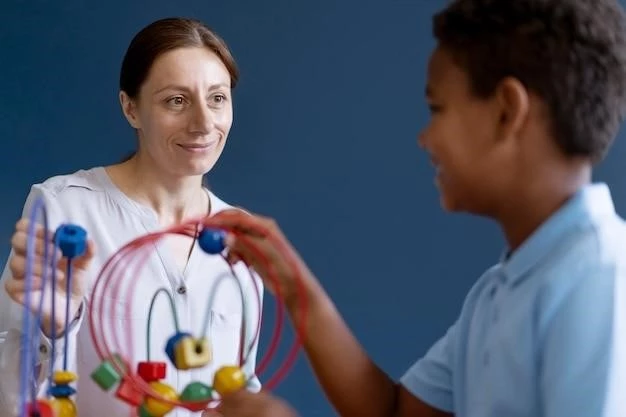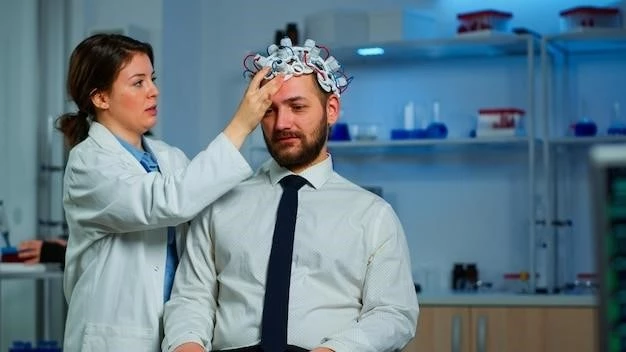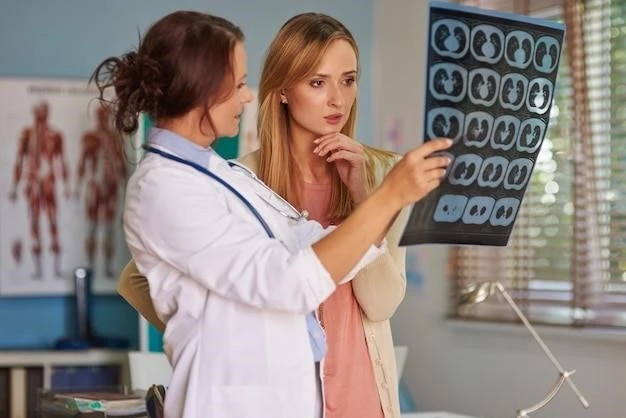Introduction to Trichothiodystrophy
Trichothiodystrophy (TTD) is a rare autosomal recessive multisystem disorder characterized by sulfur-deficient brittle hair‚ mental and physical retardation‚ ichthyosis‚ and‚ in many patients‚ cutaneous photosensitivity but no cancer incidence. All sun-sensitive TTD cases appear to be defective in nucleotide excision repair (NER) genes.
Definition and Characteristics
Trichothiodystrophy (TTD) is a rare autosomal recessive disorder characterized by sulfur-deficient brittle hair‚ mental and physical retardation‚ ichthyosis‚ and cutaneous photosensitivity. The condition arises from alterations in nucleotide excision repair (NER) genes‚ leading to various multisystem abnormalities. Individuals with TTD may present with a distinctive hair texture‚ developmental delays‚ and skin manifestations.
Genetic Basis of Trichothiodystrophy
Trichothiodystrophy (TTD) is a rare disorder characterized by sulfur-deficient brittle hair and often linked to defects in nucleotide excision repair (NER) genes.
Autosomal Recessive Inheritance
Trichothiodystrophy (TTD) follows an autosomal recessive pattern of inheritance‚ meaning that individuals must inherit two copies of the mutated gene to develop the condition. The defective genes associated with TTD are often passed down from carrier parents who do not display symptoms of the disorder themselves.
Role of Nucleotide Excision Repair (NER) Genes
Trichothiodystrophy (TTD) is closely linked to alterations in nucleotide excision repair (NER) genes. These genes play a crucial role in repairing DNA damage caused by various factors‚ such as ultraviolet (UV) radiation. Defects in NER genes can result in the manifestation of symptoms associated with TTD‚ highlighting the significance of proper DNA repair mechanisms in maintaining cellular integrity.

Clinical Features of Trichothiodystrophy
Trichothiodystrophy (TTD) is characterized by sulfur-deficient brittle hair‚ mental and physical retardation‚ ichthyosis‚ and cutaneous photosensitivity.
Multisystem Abnormalities
Trichothiodystrophy (TTD) presents with a range of multisystem abnormalities‚ including sulfur-deficient brittle hair‚ mental and physical retardation‚ ichthyosis‚ and cutaneous photosensitivity. These features collectively illustrate the diverse impact of TTD on various organ systems‚ emphasizing the complex nature of this rare genetic disorder.
Cutaneous Manifestations
Trichothiodystrophy (TTD) is known for its cutaneous manifestations‚ including sulfur-deficient brittle hair‚ photosensitivity‚ and skin abnormalities like ichthyosis. These dermatological features are key in diagnosing TTD and highlight the impact of the condition on the integumentary system.

Diagnosis and Differential Diagnosis
Trichothiodystrophy (TTD) can be diagnosed based on clinical features like sulfur-deficient brittle hair‚ mental and physical retardation‚ ichthyosis‚ and cutaneous photosensitivity. Differential diagnosis involves distinguishing TTD from other genetic disorders presenting similar symptoms.
Diagnostic Criteria
Diagnosing Trichothiodystrophy (TTD) typically involves assessing clinical features such as sulfur-deficient brittle hair‚ mental and physical retardation‚ ichthyosis‚ and cutaneous photosensitivity. Additional diagnostic criteria may include genetic testing to identify mutations in nucleotide excision repair (NER) genes associated with TTD.
Distinguishing Trichothiodystrophy from Other Genetic Disorders
When diagnosing Trichothiodystrophy (TTD)‚ it is crucial to differentiate it from other genetic disorders with similar symptoms. While TTD presents with sulfur-deficient brittle hair‚ mental and physical retardation‚ ichthyosis‚ and cutaneous photosensitivity‚ distinguishing features from conditions like xeroderma pigmentosum (XP) and Cockayne syndrome are essential for accurate diagnosis and appropriate management.
Treatment and Management Approaches
Trichothiodystrophy (TTD) management involves addressing symptoms such as sulfur-deficient brittle hair and developmental delays. Treatment strategies aim to alleviate specific manifestations and improve quality of life. Multidisciplinary care teams play a crucial role in providing comprehensive support for individuals with TTD.
Symptomatic Treatment Strategies
Managing Trichothiodystrophy (TTD) involves implementing symptomatic treatment strategies to address specific clinical manifestations. These approaches aim to improve the quality of life for individuals with TTD by targeting and alleviating the symptoms associated with the condition. Additionally‚ tailored interventions may be necessary to manage the diverse range of multisystem abnormalities characteristic of TTD.
Multidisciplinary Care Team Involvement
Management of Trichothiodystrophy (TTD) necessitates the collaborative efforts of a multidisciplinary care team comprising healthcare professionals from various specialties. These experts work together to provide holistic care‚ address diverse clinical manifestations‚ and support the multidimensional needs of individuals with TTD and their families.
Research Advances and Future Directions
Research on Trichothiodystrophy (TTD) focuses on understanding the genetic basis and exploring potential therapeutic targets. Future directions may include advancements in gene therapy and targeted interventions to address the complex manifestations of TTD.
Current Studies on Trichothiodystrophy
Current studies on Trichothiodystrophy (TTD) focus on understanding the genetic basis of the disorder‚ exploring potential therapeutic targets‚ and investigating novel treatment modalities. Researchers are exploring gene therapy and targeted interventions to address the complex clinical manifestations associated with TTD.
Potential Therapeutic Targets and Gene Therapy
Ongoing research on Trichothiodystrophy (TTD) aims to identify potential therapeutic targets to address the complex multisystem abnormalities associated with the condition. Gene therapy approaches are being explored as potential interventions to target the underlying genetic factors contributing to TTD pathogenesis‚ providing hope for future treatment strategies.
Support Resources for Individuals with Trichothiodystrophy
Trichothiodystrophy (TTD) patients can benefit from support groups and organizations that offer valuable resources‚ advocacy‚ and community for individuals and families navigating the challenges associated with this rare genetic disorder.
Patient Support Groups and Organizations
For individuals with Trichothiodystrophy (TTD)‚ patient support groups and organizations play a critical role in providing resources‚ advocacy‚ and a sense of community. These groups offer valuable support and information to help individuals and families navigate the challenges associated with TTD.
